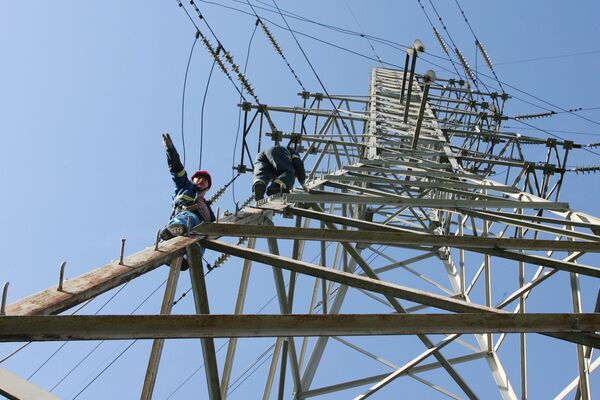Rapid urbanization is also about sustainability. According to the World Bank data, cities consume close to two-thirds of the world’s energy and account for more than 70 percent of global greenhouse gas emissions.
As cities develop, their exposure to climate and disaster risk increases. This all raise the question of how to avoid disastrous aftereffects of the fast growing trend.
Guy Eames, CEO and Co-founder of the Russian Green Building Council, says reducing the demand for power is key priority here, and that can be done in a variety of ways.
“Once we reduced the demand, we’ve supplied power from the renewables, and we can easily say the amount of power, which we need for cities, could be four or five times less than we’re predicting today. If we continue along the road of reducing the power needs and producing power from renewable sources, we could easily move on to cities, which provide their own power, that is the future,” Guy Eames said.
Whatever the future, we have to deal with the present. Currently, renewable sources of energy satisfy 13 percent of the overall demand, while people still rely mostly on traditional sources.
“The reality is that both oil and gas will remain primary sources of energy for, let’s say, fifty to one hundred years, unless some new technology development comes up. I think renewable energy will also become a growing part of the energy mix… On the other hand, you have the need to make cities more efficient,” said Guy Eames.
The so-called smart cities, using cutting-edge technology are set to revolutionize the way that urban centers operate. But building such cities that work – green, inclusive, resilient, and competitive – requires intensive policy coordination and investment choices, so the whole complex of challenges seems like a huge iceberg, where the energy issue is just a top.

